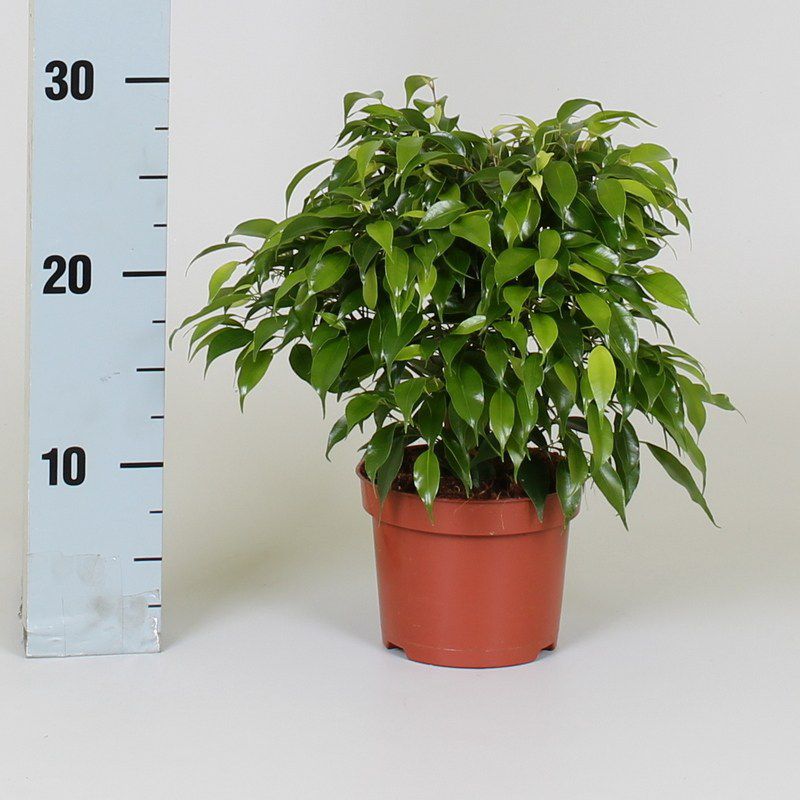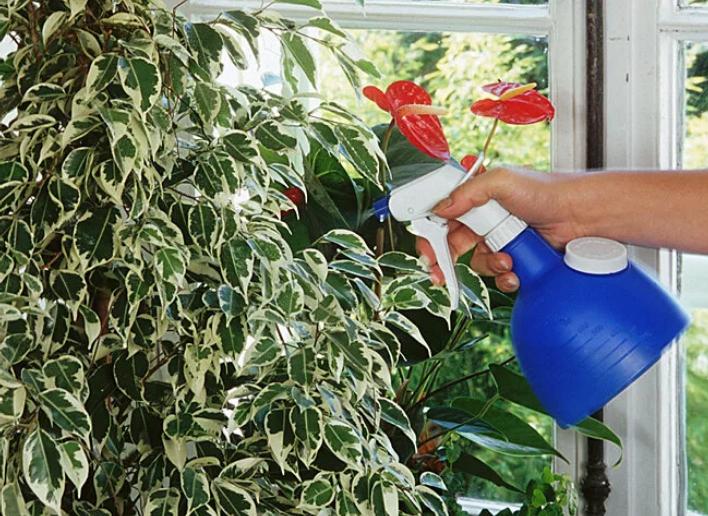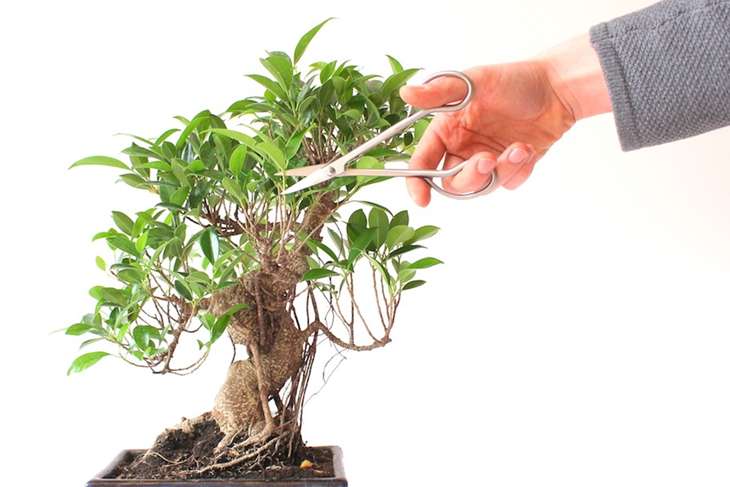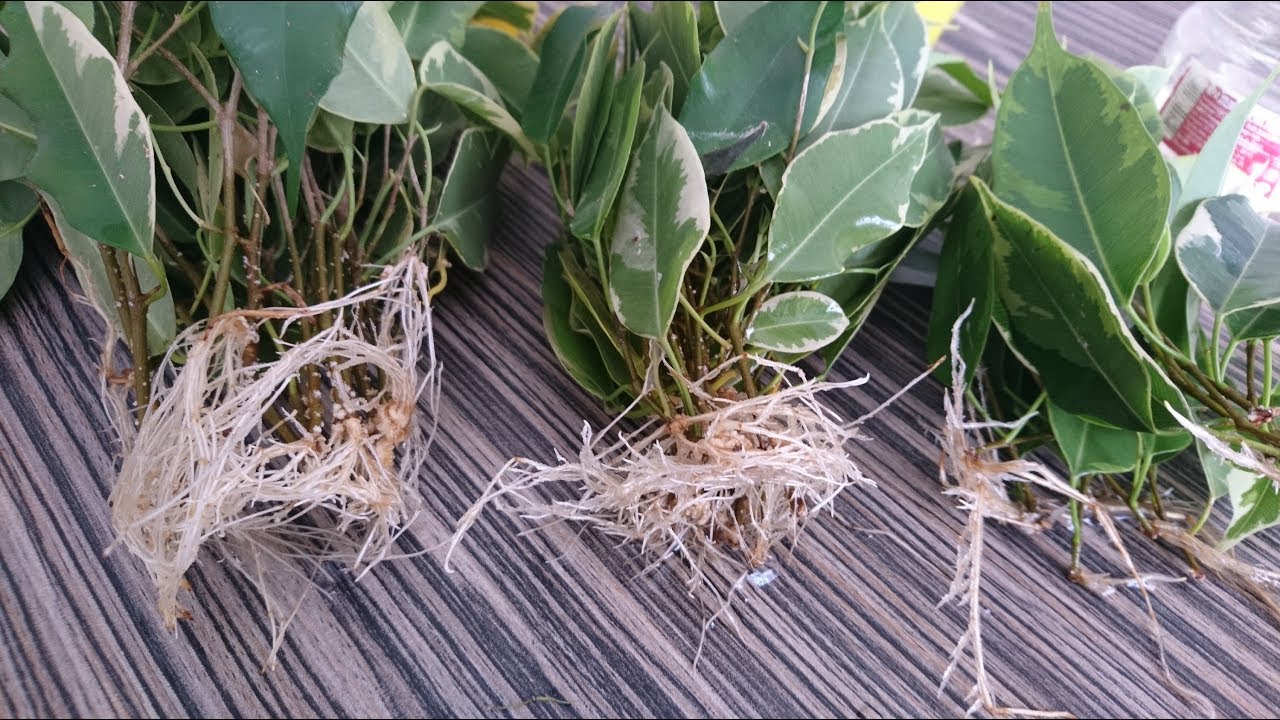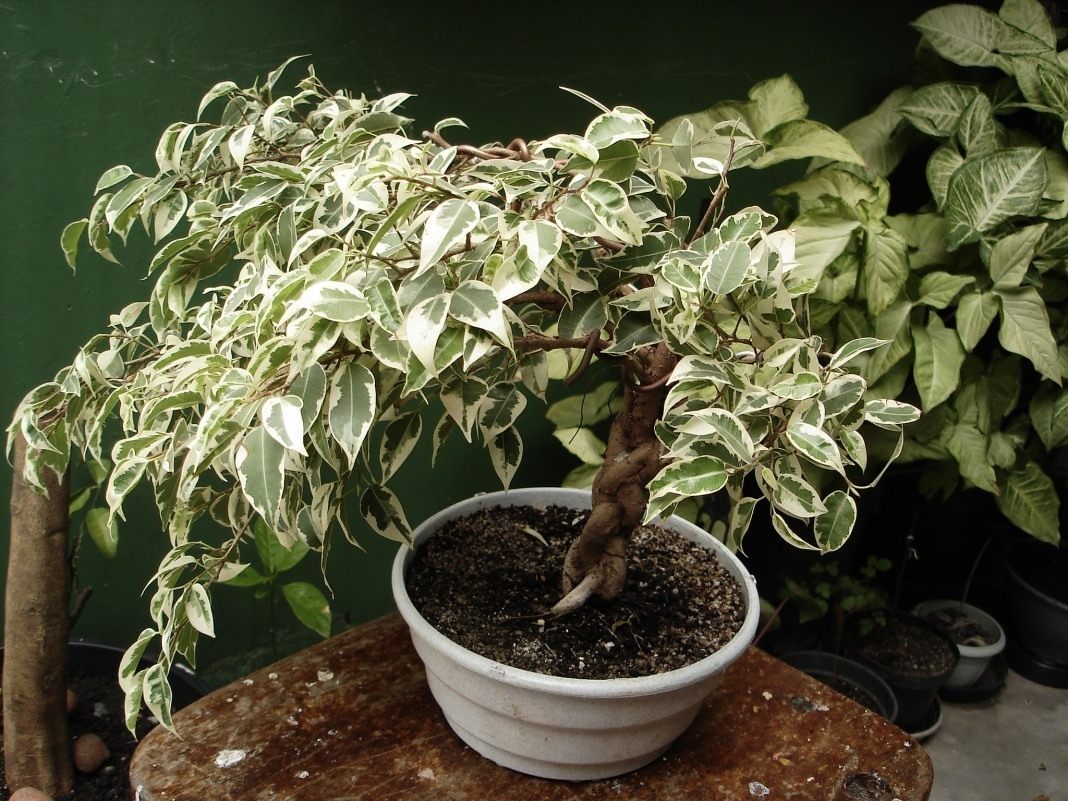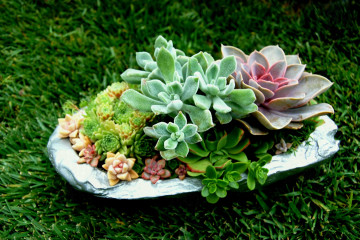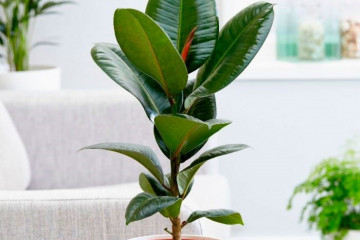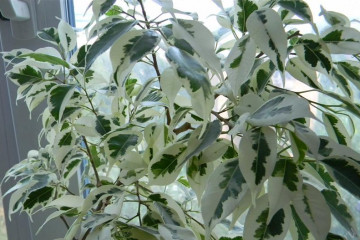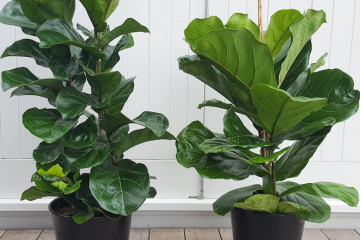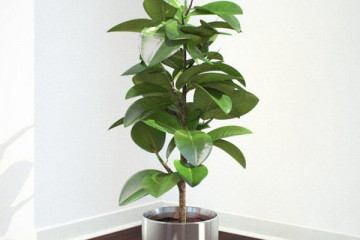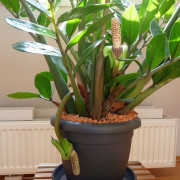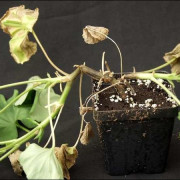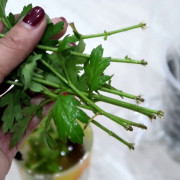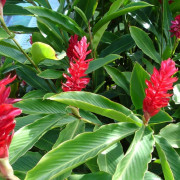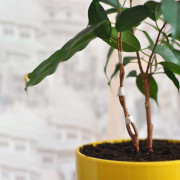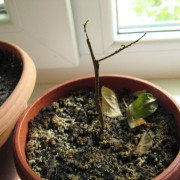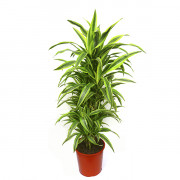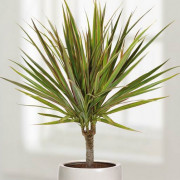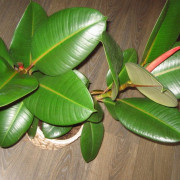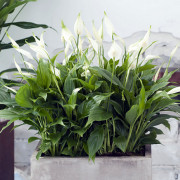Ficus Kinki - description and care of the house
Content:
Probably every experienced florist has heard of such a plant as the ficus Kinki. It is beautiful enough to interest even a sophisticated florist, and that is why it is popular not only among Russian amateurs, but all over the world.
Briefly about the plant
The homeland of the popular domestic ficus is Australia and West Africa - here the plants grow into powerful trees up to 30 meters high! At home, they are more modest in size.
The ficus Benjamin Kinki got its name from the name of the discoverer, who for the first time decided to grow a shoot from a tall tree in a pot on a windowsill. The experiment turned out to be successful, and the plant began to enjoy considerable popularity throughout the world.
Outwardly, the ficus Benj Kinki is quite simple and skimpy. The leaves are not too large - no more than 4-5 cm in length and about 1.5-2 cm in width. The surface is smooth, leathery. Their main distinguishing feature is their unusual color. In the center, the leaves are dark green, but at the edges they have a less saturated color, closer to light green. There is also a special variety - Green Kinky ficus. He already has completely green leaves without an elegant light border.
Features of caring for a plant at home
In general, caring for the Kinki ficus at home is quite simple. But he will fully reveal his beauty and sophistication with the right approach. There are many factors to consider to make the plant look really sophisticated and majestic.
Temperature
The optimum temperature for growing this ficus is + 20 ... +22 ° C. But he can withstand a cold snap up to +15 ° C without harm to himself. Also, the plant reacts negatively to drafts. They often cause the ficus to shed its leaves. Ficus Kinky also does not like high temperatures, so on summer days it is better to remove it from windows located on the sunny side.
Lighting
In the warm season, natural light is quite enough if the plant is on a windowsill. But in autumn and winter, when daylight hours are sharply reduced, you need to use additional lighting in the form of lamps for plants. When applied, the leaves of the ficus Benjamin Green Kinky will acquire a rich green color, and the crown will become especially thick and fluffy.
Watering
In order for the flower to feel well and grow actively, one must not forget about certain watering rules. It is advisable to use soft water for this - boiled, cooled to room temperature is suitable. It is impossible to pour the ficus strongly - it is enough to moisten the upper 2-3 centimeters of the soil. After all, the plant reacts equally sharply to both lack and excess of moisture. In the first case, it throws off the leaves, and in the second, the root system begins to rot, because of which the ficus may die.
If the pot is large, you need to water the ficus a couple of times a week in warm weather to make it feel great. It is more difficult with small pots - due to their small surface area, moisture evaporates slowly, so overmoistening should be avoided.
Also, do not neglect spraying. Ficus leaves can be moistened with a spray, especially if the air humidity at home is less than 60% - the health of the plant will dramatically improve.
Priming
Neutral or slightly acidic soil is best suited for growing ficuses. To ensure good drainage, a layer of gravel or pebbles is placed on the bottom of the pot.
Top dressing
Any soil is depleted over time, so do not forget about timely fertilization. It is best to use mineral nitrogen fertilizers that are suitable for most home flowers.
In the spring, when the ficus is most actively gaining green mass, it is advisable to apply fertilizers at least twice a month. The same frequency should be followed in summer. In the fall, the amount of dressings is reduced to one per month, and in winter they can be abandoned altogether.
Pruning
Ficus Kinki grows quite actively, the crown becomes less dense, but more elongated. However, not all owners like this change, as many prefer a compact, fluffy plant. In this regard, you cannot do without trimming.
The best time for pruning is autumn, when the growth rate decreases and the movement of sap in the stems slows down. For the procedure, it is important to use only high-quality scissors, or better - a sharp pruner. After trimming, the edges should be smooth and not chewed - then the risk of disease is significantly reduced.
How ficus Kinki reproduces
In the wild, ficuses actively bloom and reproduce mainly by seeds. At home, propagation by cuttings is better suited. Experienced growers do this in the spring, when the plant is developing most actively. Procedure:
- Choose a strong, healthy shoot with a length of at least 10-12 cm.
- Cut it off carefully using a sharp knife or pruner. Let the milky juice freeze.
- Immerse the shoot in warm water for 10-12 days until roots appear.
- Transplant the young plant into a prepared pot and cover with a jar or plastic bottle, creating optimal conditions for its development and rooting.
- Remove the jar after about two weeks. By this time, the ficus has already hardened enough.
You should take care of him in the same way as for an adult - there are no major differences here.
Transfer
It is better to avoid unnecessary transplants - this is always a serious stress for the plant. But if the ficus has already outgrown the pot, the time has come to move it to a new "home". How to do it:
- Take a pot that is suitable for its volume, pour expanded clay or pebbles as drainage.
- Moisten the soil abundantly in an old container, wait until it softens.
- Carefully remove the plant along with most of the soil, lower the lump into a new pot.
- Add earth so that the container is almost full.
Possible growing problems and diseases
Even an experienced florist can find it difficult to grow ficuses. Main problems:
- Leaves fall from the plant.The reason is most likely in uncomfortable conditions. The temperature may be too high, the watering is insufficient, or the water is too cold.
- Aphid and spider mite attacks. These insects most often attack the plant when the air humidity is too low. The problem is solved by spraying with special means.
- Powdery mildew infectious disease. Infected leaves must be removed, and the remaining ones must be treated with a fungicide solution.
There are no particular difficulties in growing Kinki ficus, caring for it and reproduction. You can safely buy it home so that it brings a little harmony and comfort to your home.

